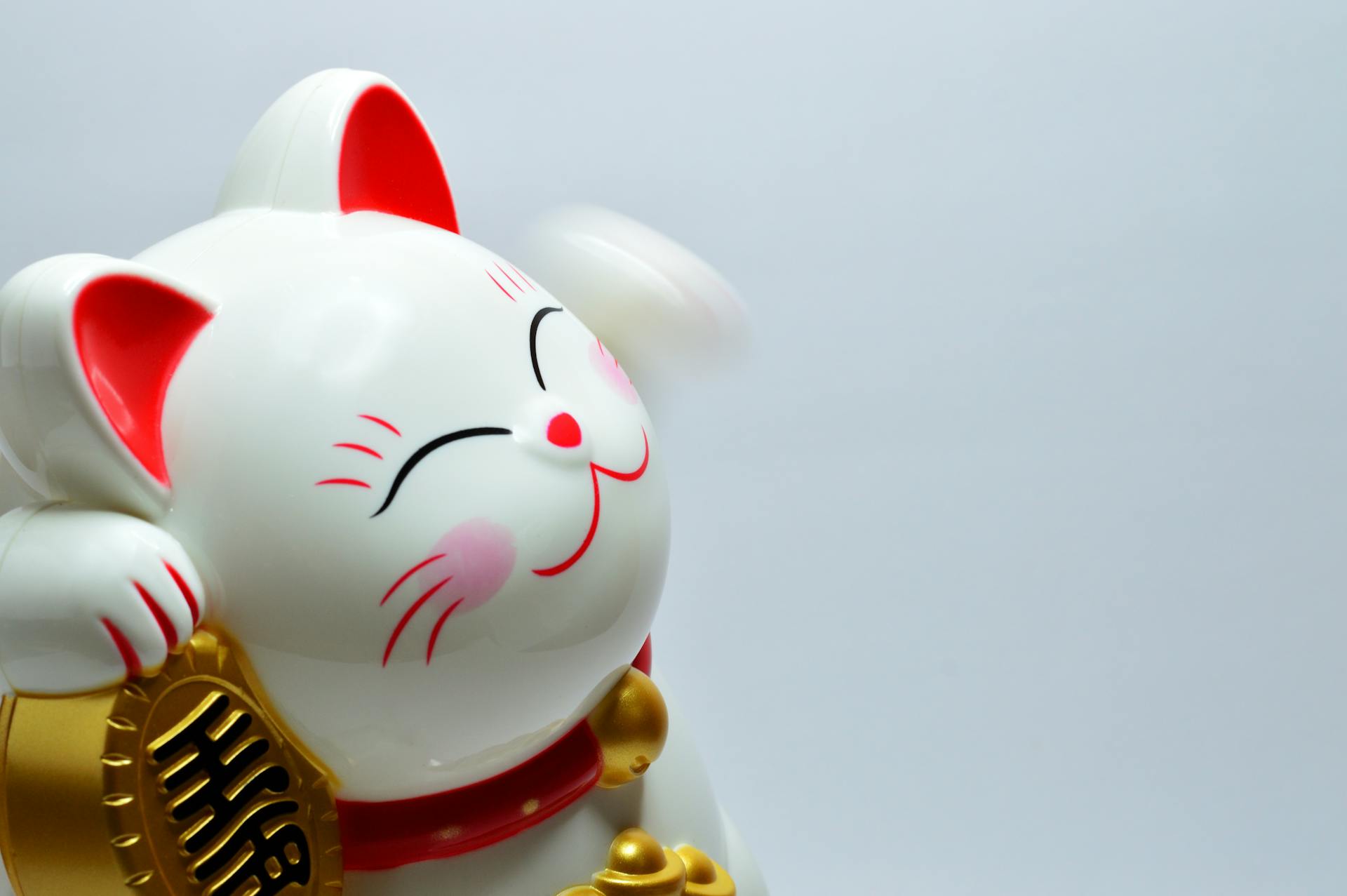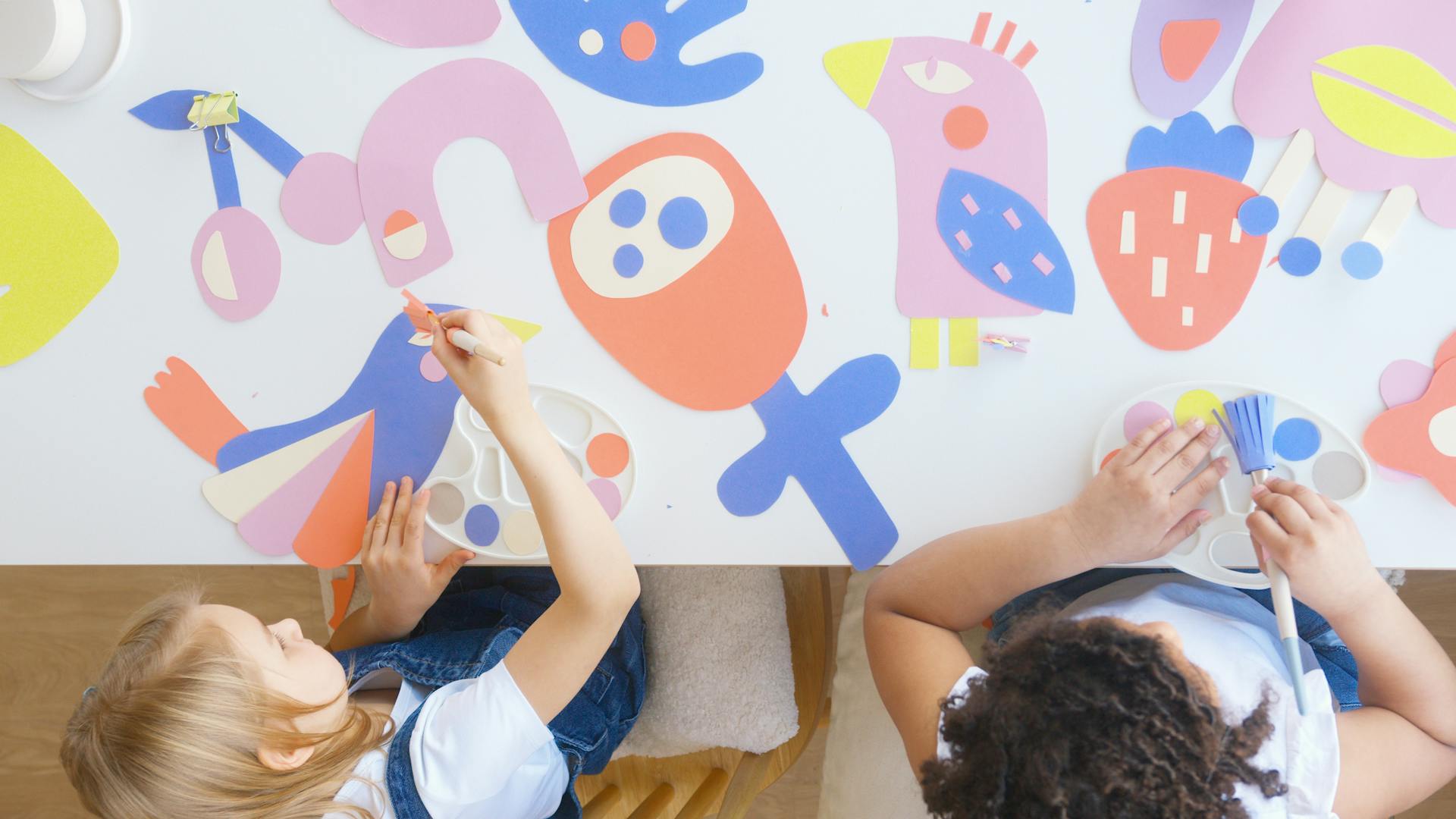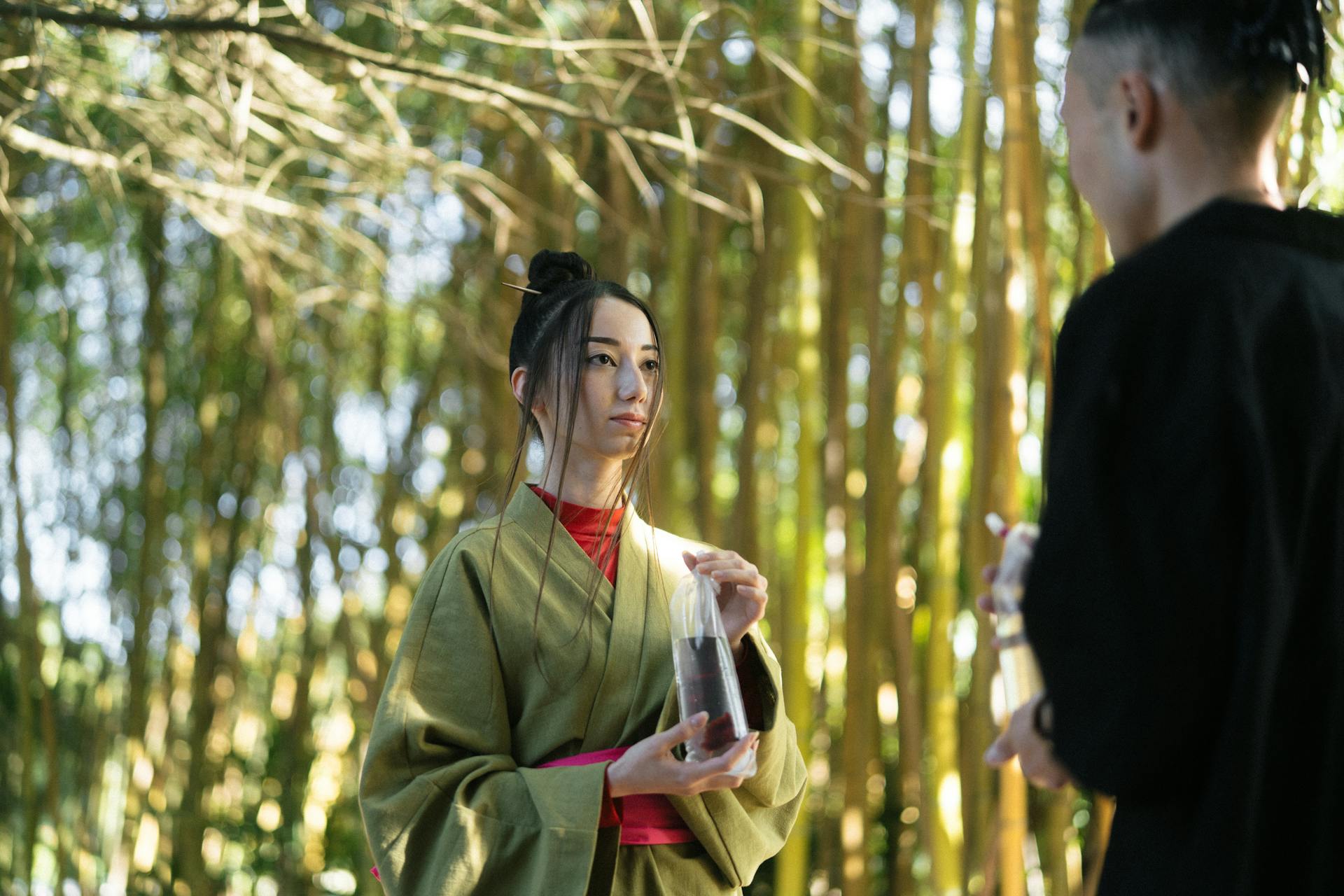
Konnichiwa! Are you planning a trip to Japan or have a Japanese friend? Then you must know how important it is to learn about Japanese greetings and farewells. In Japanese culture, showing respect through appropriate greetings and goodbyes is considered essential, and mastering them will help you build better relationships with the locals.
Japanese greetings vary depending on the time of day or occasion. For example, "ohayou gozaimasu" (good morning) is used until around 10 am, while "konnichiwa" (hello/ good afternoon) is used from 10 am to around 5 pm. On the other hand, "konbanwa" (good evening) is used after 5 pm. Knowing these basic phrases will show your respect for their culture and make your interactions much smoother.
In addition to greetings, farewell expressions are also crucial in Japan. The most common one being "sayonara," which means goodbye. However, this term is typically reserved for more formal situations such as leaving a workplace or ending a friendship. In informal settings, it's more common to use "mata ne" (see you later) or "ja ne"(bye-bye). By learning these phrases and their nuances, you'll not only impress your Japanese friends but also gain a deeper appreciation of their culture.
Take a look at this: Japanese Expressions and Idioms
In this fun guide to Japanese greetings and farewells, we share formal & informal phrases and tips for when you’re starting to learn the language.

A comprehensive guide to Japanese greetings and farewells is what you need if you're planning to meet people, travel or start taking Japanese lessons. This basic Japanese phrases guide will help you understand the essence of the language and its culture.
Our guide to Japanese greetings and farewells covers both formal and informal phrases, making it easy for beginners to get started with short conversations. If you want to learn more about the basics, read on! We have tips that will make your experience learning Japanese even more enjoyable. Whether you're interested in visiting Japan or simply want to learn a new language, this guide has got you covered.
You might enjoy: Learn Japanese for Kids
How to Master Must-Know Japanese Greetings
If you're planning to visit Japan or even just want to learn the essential Japanese language, greetings are a good place to start. Knowing how to greet people is one of the basic ways of showing respect and politeness in Japanese culture. For beginner level Japanese language learners, it's important to master the common greetings such as "Konnichiwa" (Hello) and "Sayonara" (Goodbye). By practicing these simple phrases, you can make a great impression when meeting new people in Japan.
1. Ohayou gozaimasu/ohayou
Ohayou gozaimasu means good morning in Japanese. It is a polite way to greet anyone, whether it's a stranger or someone close to you like a family member or a close friend. This greeting is usually accompanied by a bow or nod of the head as a sign of respect.
In more casual settings, people may simply say "ohayou" which means the same thing as "ohayou gozaimasu". This is often used between friends and family members who are on familiar terms with each other. Regardless of the situation, using this simple greeting can go a long way in showing your respect and appreciation for others.
2. Ya-ho/osu/yo/aah
One of the most common Japanese greetings is "Ya-ho" or "Yo." These are informal slang greetings typically used by young people to get someone's attention. While they may seem similar to an English counterpart like "Hey," it's important to remember that these informal greetings should only be used with close friends and peers.
If you're looking for a more formal greeting, "Osu" is a great option. This greeting is often used in martial arts settings, but can also be used in other formal situations. Additionally, when saying goodbye to someone who is older or in a position of authority, it's respectful to use a more formal farewell such as "Sayonara" or "Ittekimasu." Whether you're learning Japanese for business or personal reasons, taking online Japanese classes courses can help you gain a better understanding of these formalities and communicate effectively with Japanese people.
Discover the Beauty of Japanese Greetings in a Snap!
Japanese greetings and farewells are essential customs that have been practiced from early childhood throughout life. Japanese school kids are taught how to greet others politely, and as they progress to higher grades, the greetings become more complex. One interesting thing about Japanese greetings is that there are different expressions for different times of the day, such as "ohayou gozaimasu" (good morning), "konnichiwa" (good afternoon), and "konbanwa" (good evening).
In the workplace, Japanese greetings play a significant role in promoting communication amongst colleagues. A passing student who joins a company would typically start by greeting their superiors with a polite bow and introducing themselves. Workplace Japanese also includes phrases like "otsukaresama desu" (thank you for your hard work) at the end of the day to show appreciation for each other's efforts. These simple gestures create a positive working environment where everyone feels respected and valued.
In conclusion, mastering Japanese greetings is a critical part of understanding Japan's culture and language. It is fascinating to see how these customs have evolved over time, from simple phrases in early childhood to more complex expressions in higher education and professional settings. By incorporating these practices into our daily lives, we can demonstrate respect towards others and promote communication within our communities or workplaces.
1. Ohayō gozaimasu (おはようございます)
The Japanese phrase "Ohayō gozaimasu" roughly translates to "good morning" in English. This is a greeting used specifically during the morning hours of the day, and is derived from the base word "hayai" which means early. While this phrase is commonly used in formal settings such as in the workplace or with acquaintances, close friends and family members may opt to use a more casual greeting such as simply saying "Ohayō" instead of the full phrase.
2. Konnichiwa (こんにちわ)
The well-known Japanese greeting konnichiwa roughly translates to "hello" in English. It is commonly used during the day time and up until around 5pm, as it literally means "today." This makes sense, as in Japan, it is customary to acknowledge the current day and time when greeting someone.
A similar greeting that can be used more casually between friends is "yo". However, it is important to note that using a person's name after the greeting is polite and shows respect. When saying goodbye, it is common to use "sayonara", but "mata ne" (see you later) is also a safe side option. Overall, knowing a few basic greetings and farewells can go a long way in showing respect and building relationships in Japan.
3. Konbanwa (こんばんわ)
The Japanese have a unique way of greeting people, and one of the most common phrases used is "Konbanwa." This phrase roughly translates to "good evening" in English, making it a polite way to greet someone during the evening time. The term "konbanwa" literally means tonight or this evening, which is why it's appropriate for use during that particular time.
Konnichiwa and konbanwa are two different phrases that people often confuse with each other. While konnichiwa is used during the day, konbanwa sounds more appropriate for the evening. However, not all Japanese people use this greeting, especially if they're not close acquaintances. Some people don't use any specific greetings at all and simply say hello. So if you're ever in Japan and want to impress locals with your knowledge of their language, using "konbanwa" can be a great start!
4. Sayōnara & gokigenyō s (さようなら/ごきげんよう)
Sayōnara and gokigenyō are two commonly heard Japanese farewells. Sayōnara has a literal meaning of "if it must be so" or "goodbye", while gokigenyō means something along the lines of "be well" or "take care". Both greetings have been used in Japan since the Edo Period, and were considered a complete greeting during the Meiji Period.
During the Showa period, men started using sayōnara more frequently than gokigenyō as a farewell, while women continued to use both equally. However, nowadays both farewells are used interchangeably by both genders. These two greetings are not only polite but also show respect for the person you’re saying goodbye to. Whether you're leaving your workplace or saying goodbye to your friends, using these simple phrases will always leave a good impression.
5. Ittekimasu & itterasshai (行ってきます, 行ってらしゃい)
One of the most unique everyday Japanese phrases that non-Japanese speakers may encounter is "Ittekimasu" and "Itterasshai". These two phrases are commonly used in Japanese greetings and farewells. "Ittekimasu" is used by a person leaving the house or place of work, while "Itterasshai" is said by the person staying behind.
The literal meaning of "Ittekimasu" is "I'm going and will come back." Although it may seem odd to literally illiterate non-Japanese speakers, it makes sense as a polite way to say goodbye. On the other hand, "Itterasshai" literally means "Please go and come back," which reflects the idea of showing concern for the safety of the person leaving. These phrases reflect the importance of politeness in Japanese culture and serve as a way to show respect towards others, even during casual interactions.
6. 7. Tadaima & okaeri (ただいま, おかえり)
Tadaima and Okaeri are two Japanese greetings that people use when returning home. Tadaima means "I'm back" or "I have returned," while Okaeri means "welcome back." When someone enters their home after being away, they will say tadaima to let everyone know they are home. When someone greets the returning person, they will say okaeri to welcome them back.
Tadaima is used to show respect for the place where a person is returning from. It can also be used by someone visiting another's house to announce their arrival. Tadaima modorimashita means "I have just returned," and it can be used in formal settings as well. Okaeri is more informal but still shows respect for the person who has returned. Using these greetings when returning home is an essential part of Japanese culture, and it helps to create a warm and inviting atmosphere within the household.
Frequently Asked Questions
How do you write (Konnichiwa) in Japanese?
"Konnichiwa" is written as "こんにちは" in Japanese. The word is composed of three characters: "ko", "n", and "nichiwa".
How do you say Be Happy in Japanese?
To say "be happy" in Japanese, you can use the phrase "幸せになってください" (shiawase ni natte kudasai).
What is the difference between Konnichiwa and Ohayou?
Konnichiwa is used as a greeting during the day while Ohayou is used in the morning. Both phrases mean "hello" in Japanese and are appropriate for different times of day.
How do you spell Goodbye in Japanese?
The spelling of Goodbye in Japanese is さようなら (sayonara).
Do Japanese people greet each other with a 'Good Morning'?
Yes, Japanese people often greet each other with a "Good Morning" in formal situations and workplaces. However, in more casual settings, other phrases such as "Ohayou" or "Konnichiwa" may be used instead.
Featured Images: pexels.com

